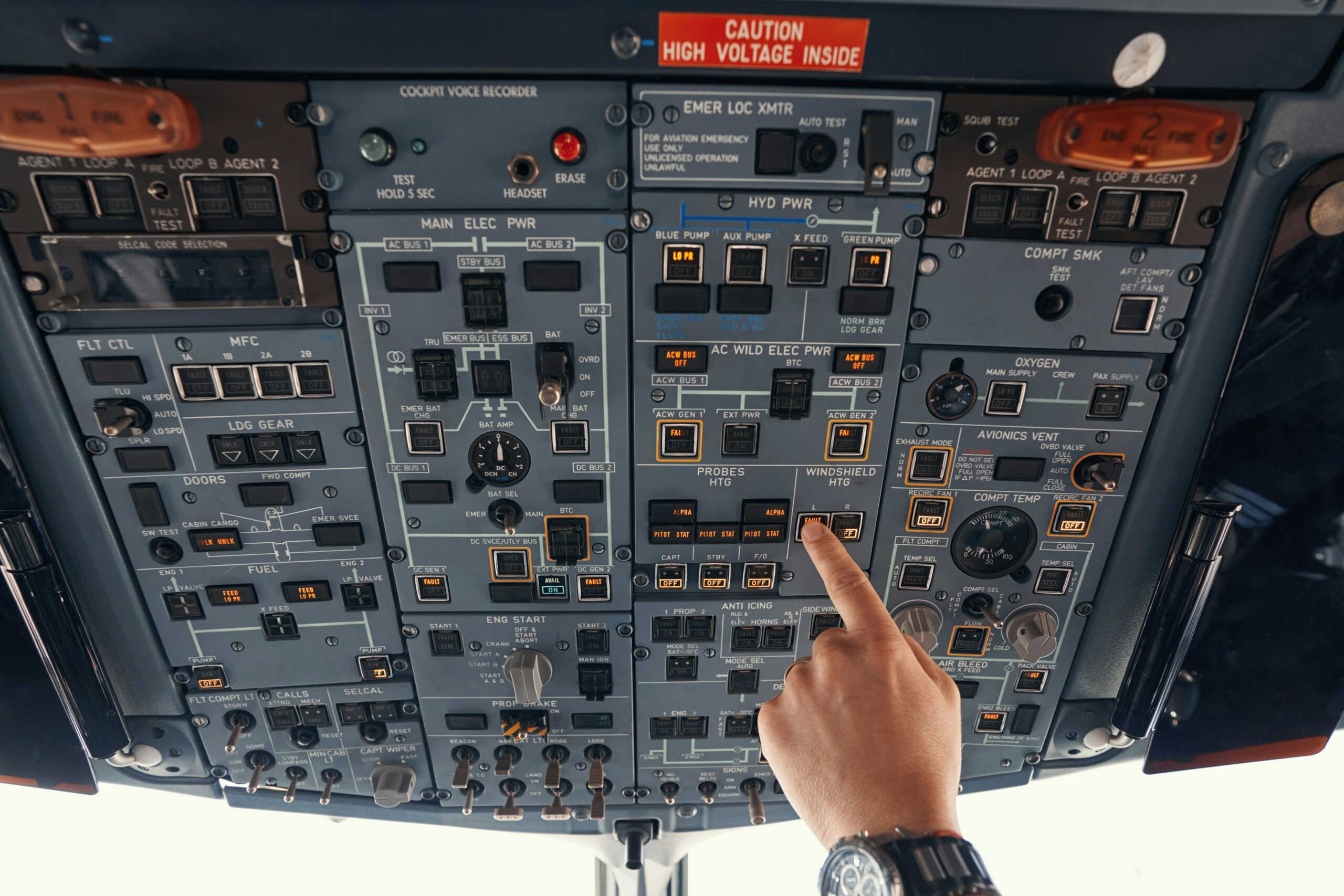
Instrument flight is the foundation of safe flying when visual cues disappear. Whether due to clouds, fog, or night, pilots must know how to fly solely using their instruments. Mastering instrument flight isn’t just for commercial pilots — it’s essential for anyone who wants to fly safely and confidently in unpredictable conditions.
Why Every Pilot Needs Instrument Flight Skills
Weather doesn’t always cooperate. A bright takeoff can end with fog at landing. Instrument flight training ensures you’re prepared when visibility drops. It teaches you to trust your instruments, navigate complex airspaces, and respond to changing conditions with accuracy.
The truth is that most weather-related accidents happen when pilots lose visibility but keep flying visually. With proper instrument flight skills, pilots can avoid these dangers and complete flights with precision and control.
Earning an Instrument Rating
To fly under instrument flight rules (IFR), pilots must earn an instrument rating. This rating builds on a private or commercial pilot license and involves focused training. You’ll learn to fly without visual reference, use navigation systems like GPS and VORs, and complete tasks such as instrument approaches, holding patterns, and missed approaches.
The training includes:
- Minimum 40 hours of instrument flight time.
- Ground school covering IFR systems, regulations, and procedures.
- A written knowledge test.
- A practical exam is known as a check ride.
This rating opens the door to flying in more conditions and can be a stepping stone to professional aviation careers.
The Instruments That Guide You
Instrument flight relies on precise tools that tell you how your aircraft is behaving. Core flight instruments include:
- Attitude Indicator – This shows your aircraft’s pitch and bank.
- Heading Indicator – Displays your current compass heading.
- Altimeter – Indicates your altitude above sea level.
- Airspeed Indicator – Shows how fast you’re moving through the air.
- Vertical Speed Indicator – Tells how quickly you’re climbing or descending.
- Turn Coordinator – Helps you maintain level, coordinated turns.
Today’s cockpits often include glass panels with integrated navigation, weather, and autopilot systems that make managing flight smoother and safer.
Preparing for All Conditions
One of the greatest benefits of mastering instrument flight is readiness for any flying condition. But with this ability comes responsibility. Pilots must remain current and proficient. The FAA requires IFR pilots to complete six instrument approaches and other maneuvers every six months to maintain currency.
Flying by instruments also means planning with greater care. Before each flight, review weather forecasts, alternate airports, and your fuel strategy. Make sure you’re ready not just for the expected — but also for what might go wrong.
Advantages of Instrument Flight Mastery
Learning to fly by instruments brings many long-term advantages:
- Fly More Often: Weather won’t cancel your flights.
- Boost Safety: You’ll avoid the risk of visual disorientation.
- Open Career Paths: Professional flying requires IFR skills.
- Grow Confidence: Knowing you can rely on your training is powerful.
Even if you only fly for fun, having an instrument rating means you can continue flying safely when others are grounded.
Training Tips for Success
Instrument flight can feel overwhelming at first, but small steps lead to success. Here are some tips:
- Use Simulators: Home simulators are great for practicing procedures.
- Fly with a Safety Pilot: You can practice under simulated instrument conditions.
- Break Down Charts: Take time to learn approach plates and en route charts.
- Review Lessons Often: Go back over what you’ve learned and ask questions.
- Fly in Real Conditions: Don’t avoid clouds — embrace the learning they offer when safe and legal.
The key to mastering IFR flying is repetition and reflection. The more you fly and study, the more natural it becomes.
Communication with Air Traffic Control
Instrument flight means staying in contact with air traffic control (ATC) throughout your flight. Controllers give you headings, altitudes, and clearances to keep you separated from other traffic and on course.
Always read back instructions clearly. If something doesn’t sound right, ask for clarification. Good communication prevents errors and makes the flight smoother for everyone involved.
Common Real-Life Uses of IFR
Instrument flight isn’t just for training — it’s used every day in many flying roles:
- Airlines: Commercial pilots fly almost all routes using IFR.
- Emergency Services: Medical and rescue flights rely on instruments to reach patients in any weather.
- Business Travel: Corporate pilots use IFR to keep on schedule.
- Military Operations: Military pilots use instruments for missions across terrain and weather.
These real-world examples highlight how mastering instrument flight expands your range and reliability as a pilot.
Staying Sharp
Once you earn your rating, don’t let those skills fade. Stay sharp by:
- Flying regularly in instrument conditions.
- Logging approaches and procedures.
- Completing flight reviews and simulator sessions.
- Studying new technologies and rule changes.
IFR flying demands accuracy, so make ongoing training part of your pilot routine.
Flying Beyond What You See
Instrument flight gives you the power to fly beyond what your eyes can see. It’s about discipline, training, and trust — trust in your instruments, your training, and your plan.
For pilots looking to expand their capabilities and fly more safely in a wider range of conditions, mastering instrument flight is a smart move. It sharpens your skills, boosts your confidence, and unlocks a new level of aviation freedom.
When skies darken or fog rolls in, you’ll be ready — focused, capable, and above the clouds.